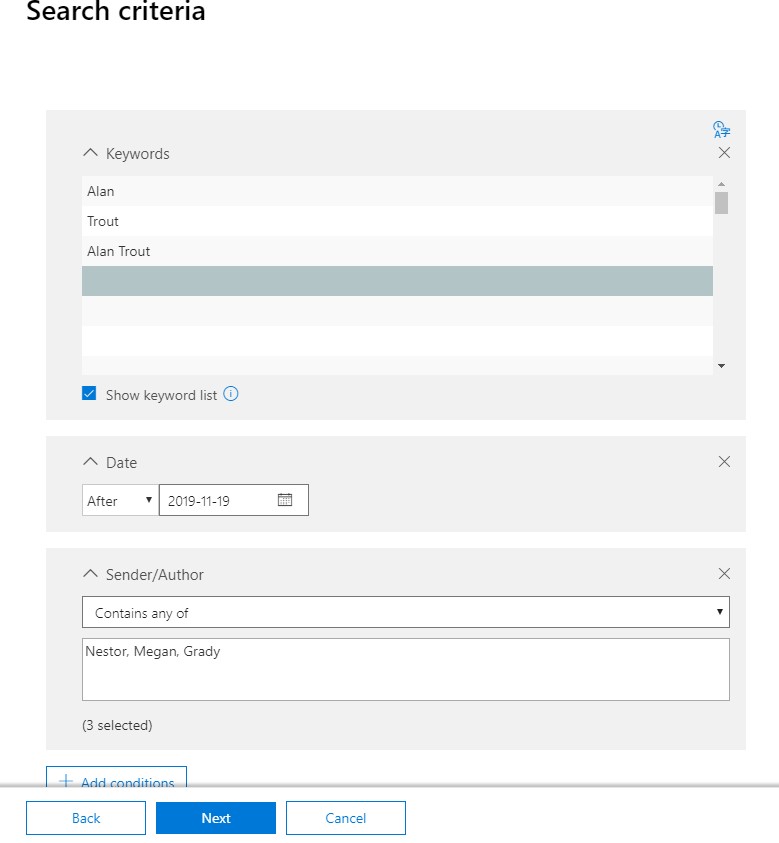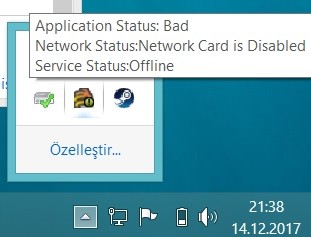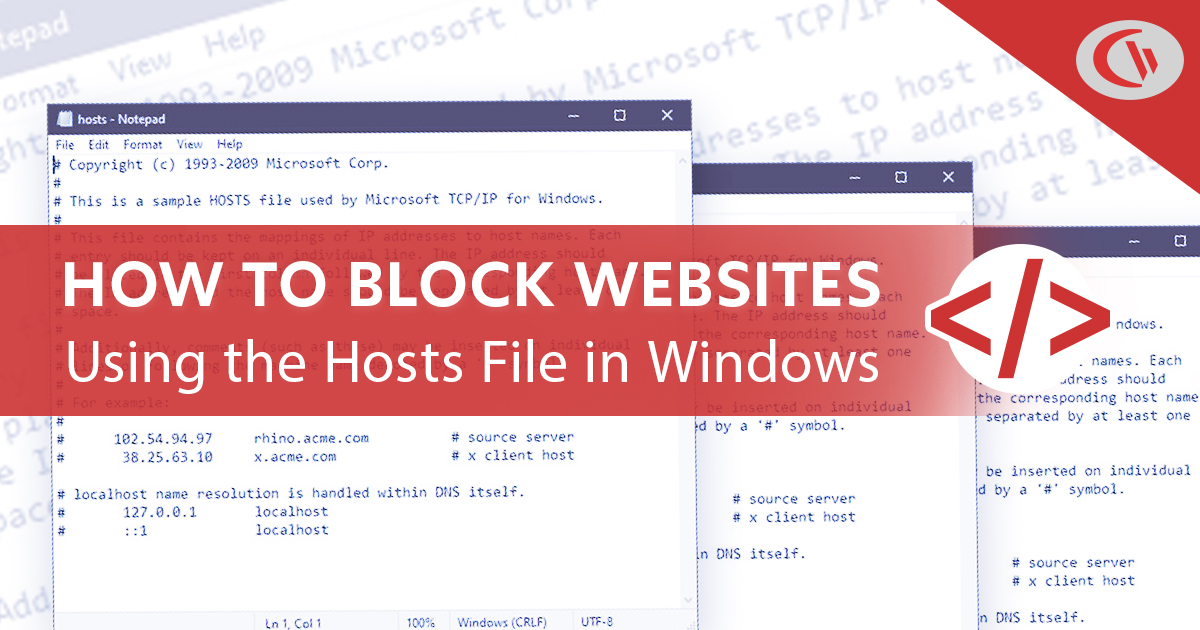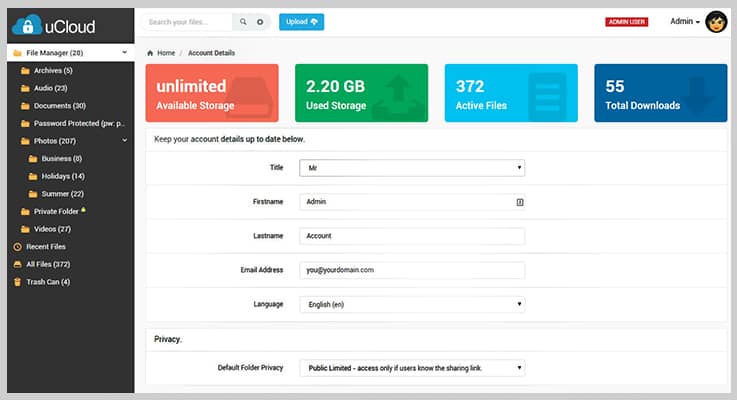

You can bind this volume to multiple containers simultaneously if needed. If you have a file called 'nginx.log' for example, you could view it like this: docker run -it -rm -volume logs:/logs alpine less /logs/nginx.logĪnd the contents would be paged to your terminal. This should list the files in that directory. You can view the contents of the directory with something like this: docker run -it -rm -volume logs:/logs alpine ls -AlF /logs/ If your volume was called, for example, 'logs', you could use something like -volume logs:/usr/share/nginx/reports to bind it to the log dir you're interested in. You can mount this by specifying the name of the volume on the left-hand-side of the -volume argument. A docker volume can be created with the command: docker volume create

I have found that a lot of engineers prefer to bypass this unnecessary confusion through the use of docker volumes. VonC's answer was written before WSL became a big problem, but it still makes assumptions about the local filesystem being real rather than mounted into a virtual-machine of some kind.
#GAMEKILLER DATA FILE HOST WINDOWS#
One of the biggest problems (in 2020) is the use of the Windows Subsystem for Linux (WSL), where bind-mounting a host volume is fraught with error and may or may not work as expected depending on whether the path mounted is in the linux filesystem or the windows filesystem. Other answers on this topic generally ignore the fact that some people are running linux, others windows, and still others are on OSX or other weird OS's.Īs VonC mentioned in his answer, in a lot of cases it is possible to bind-mount a host directory straight into the container, using a -v host-path:container-path argument to the docker command (you can also use -volume for added readability or -mount for rocket-science). The answer by VonC makes some assumptions that should be addressed and is therefore only correct in some contexts.
#GAMEKILLER DATA FILE HOST FULL#
When he isn't working on a computer or DIY project, he is most likely to be found camping, backpacking, or canoeing.The answer to this question is problematic because it varies depending on your operating system and your full requirements. He has designed crossovers for homemade speakers all the way from the basic design to the PCB. He regularly repairs and repurposes old computers and hardware for whatever new project is at hand. He enjoys DIY projects, especially if they involve technology.

He also uses Proxmox to self-host a variety of services, including a Jellyfin Media Server, an Airsonic music server, a handful of game servers, NextCloud, and two Windows virtual machines. He has been running video game servers from home for more than 10 years using Windows, Ubuntu, or Raspberry Pi OS.

Nick's love of tinkering with computers extends beyond work. In college, Nick made extensive use of Fortran while pursuing a physics degree. Before How-To Geek, he used Python and C++ as a freelance programmer. He has been using computers for 20 years - tinkering with everything from the UI to the Windows registry to device firmware. Nick Lewis is a staff writer for How-To Geek.


 0 kommentar(er)
0 kommentar(er)
